Peter has brought Christmas Cheer to our home with elegence. The live greens are lush and full, the lights a perfect hue, the bows festive accents, and the planning thoughtful and tailored to our family. He is wonderful to work with, and I can't wait to do so again.Read More
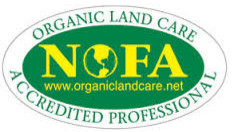
PETER ATKINS AND ASSOCIATES.,LLC
"Artisans in the Garden"
P.O. Box 238 - Bedford Village, NY 10506
(914) 234-0161
PeterAtkinsandAssociates@gmail.com
Licensed and Insured
We prune exclusively with Hand tools except a chainsaw for a tree cleanup/take down
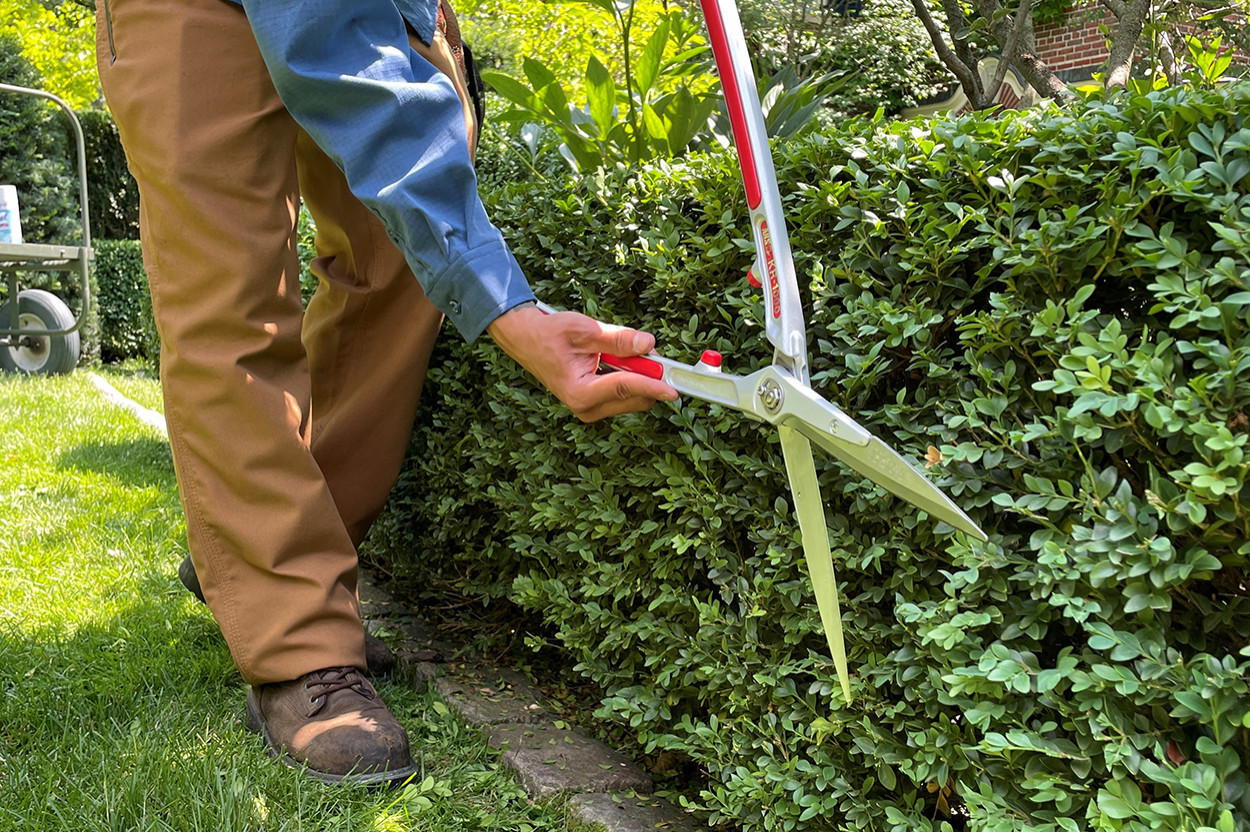
FINE GARDEN CARE
Our fine gardening team will develop a landscape maintenance plan tailored to your particular property and the specific plant varieties on it. Our maintenance team is made up of highly experienced horticulturists, plant enthusiasts and expert gardeners who pay attention to every detail. Your landscape will be properly maintained throughout each season. No matter the type of maintenance, quality is never sacrificed. Whether you need a quick cleanup, new additions or seasonal care, we’re here for you. There’s nothing better than coming home to your home landscape that’s been beautifully taken care of. Everything will look vibrant, manicured and fresh. We want our clients to enjoy their outdoor living areas without the worry of having to care for them.
We offer customized maintenance contracts that guarantee continued support and expertise. Even if your landscape wasn’t installed by us, we’d be happy to establish a maintenance regimen for your property. Regular Fine Gardening Maintenance will ensure the health and longevity of your plants. We use sustainable practices that will keep your landscape environmentally friendly and stunning for years to come.
FINE LANDSCAPE PRUNING
Fine Gardening is different from traditional landscape management services. As certified professionals within the industry you can expect a higher attention to detail, patience, and thoughtful decision making when working to enhance your garden. Our team of trained horticulturists arrive at every job with the practical experience and knowledge needed to make the right decisions for your garden. We cater our fine gardening care to your specific needs and desires, no matter the size or scope of your property.
Pruning is probably one of the least understood and most daunting landscape maintenance practices for most homeowners. Many people are not sure what to do or when to do it. However, proper pruning is essential for maintaining attractive and healthy trees and shrubs. The practice of pruning can be simplified through an understanding of the basic principles and techniques. Although this general discussion focuses on pruning of ornamental trees and shrubs, many of the same principles will be applicable for more specialized procedures such as those used for tree fruit, small fruit, and roses.
Owner Peter Atkins supervises all pruning while we are working at your home or business. Call Peter Atkins at (914) 234-0161
Fine Garden Pruning is a signature services
WHY DO WE PRUNE?
WHY DO WE PRUNE?
There are basically six key reasons to prune ornamental trees and shrubs:
1. Maintain Plant Health and Aesthetics:
- This involves removal of dead, diseased, or injured plant parts. Removal of these weak parts helps to minimize the potential for secondary or opportunistic pests.
- It also helps to maximize the aesthetic qualities and overall vigor of the shrub or tree.
2. Control Growth:
- This involves pruning to control the overall size and density of the plant.
- However, pruning shouldn’t be the way to rectify mistakes in planning, such as when you’ve selected and planted trees that are just too big or inappropriate for the site.
3. Reduction:
- This involves pruning to maximize flowering and fruit production.
- This usually involves pruning to open up the canopy in order to allow more light to penetrate. This stimulates the formation of flower buds.
4. Create Special Forms:
- This involves creating highly specialized forms such as hedges, espaliers, topiaries, and pollards.
5. Rejuvenate Old or Overgrown Plants:
- This involves pruning to create new plants from old plants.
- This practice is particularly helpful for shrubs that have become overgrown, sparse, or leggy and helps to stimulate the formation of new, more productive, vigorous wood.
6. Protect People and Property:
- This involves pruning of branches and limbs that are hazardous, weak, or rotted and represent potential hazards to people and property.
PRUNING EQUIPEMENT 101
1. Pruning Shears:
- These are used for small-diameter branches and twigs up to about 1½ inches in diameter.
There are two types:
- Scissors-type (bypass): these have two cutting blades and the cut is made as the blades bypass one another.
- Anvil-type: these have a single cutting blade which strikes an anvil of solid metal. The cut is made when the blade impacts the solid surface.
2. Lopping Shears:
- These are used for branches greater than 1¾ inches in diameter.
- They are similar to pruning shears but have longer handles to provide the leverage needed to cut larger-diameter branches.
- These are also available as scissors- and anvil-types.
3. Pruning Saws:
- These are used for large branches and tree limbs, usually greater than 2-3 inches in diameter.
- Saws come in a variety of sizes and types.
- Chain saws can also be used if one has experience and proper safety equipment.
Regardless of the tool, it is important to keep it sharp and clean. This can be done with regular sharpening and cleaning with 10% household bleach (1 part bleach: 9 parts water), 70% alcohol, or one of the commercially available compounds such as Greenshield®. After cleaning, the tools should be thoroughly rinsed and oiled. A sharp blade will give a clean cut with minimal damage to the tissue
HAND TOOLS USED EXCLUSIVELY FOR SHRUB AND SMALL TREE MAINTENANCE
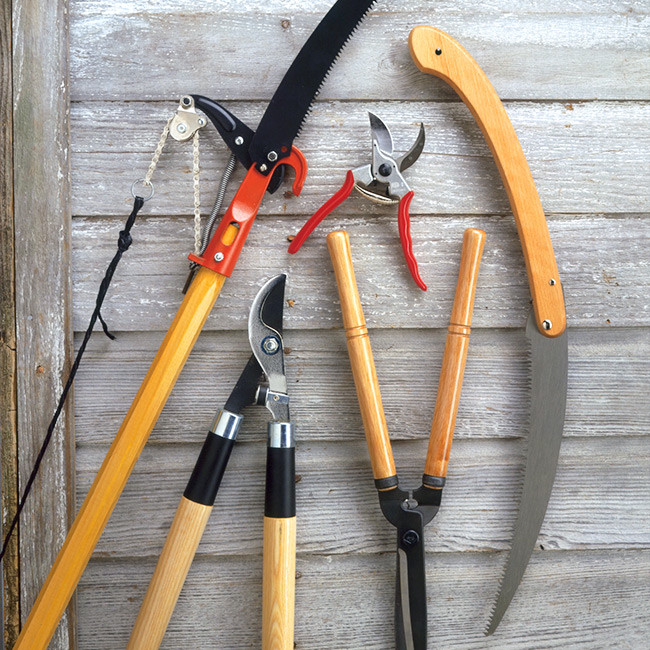
The right tools make tree pruning a lot easier and more fun. A quality set of hand pruners, lopping shears, and small pruning saw will typically cover most applications. Thin leather gloves will spare your hand the abrasions and pokes that come from handling branches, and safety glasses are recommended as branches can hang-up, snap back or whip you as you try to pull them out of the tree. For removing and shaping longer branches, an extendable pole saw/lopper is very useful. Many pole saws are built very heavy and sturdy making handling difficult— the author prefers the lighter built models as they are easier to handle into difficult angles required for proper pruning cuts. Larger branch removal may require a larger hand saw or small chainsaw. Chainsaws are very useful.
Pruning tools you will want are comfortable leather gloves, safety glasses, hand clipper, small pruning saw, lopper, a larger saw or small chainsaw, and a pole saw.
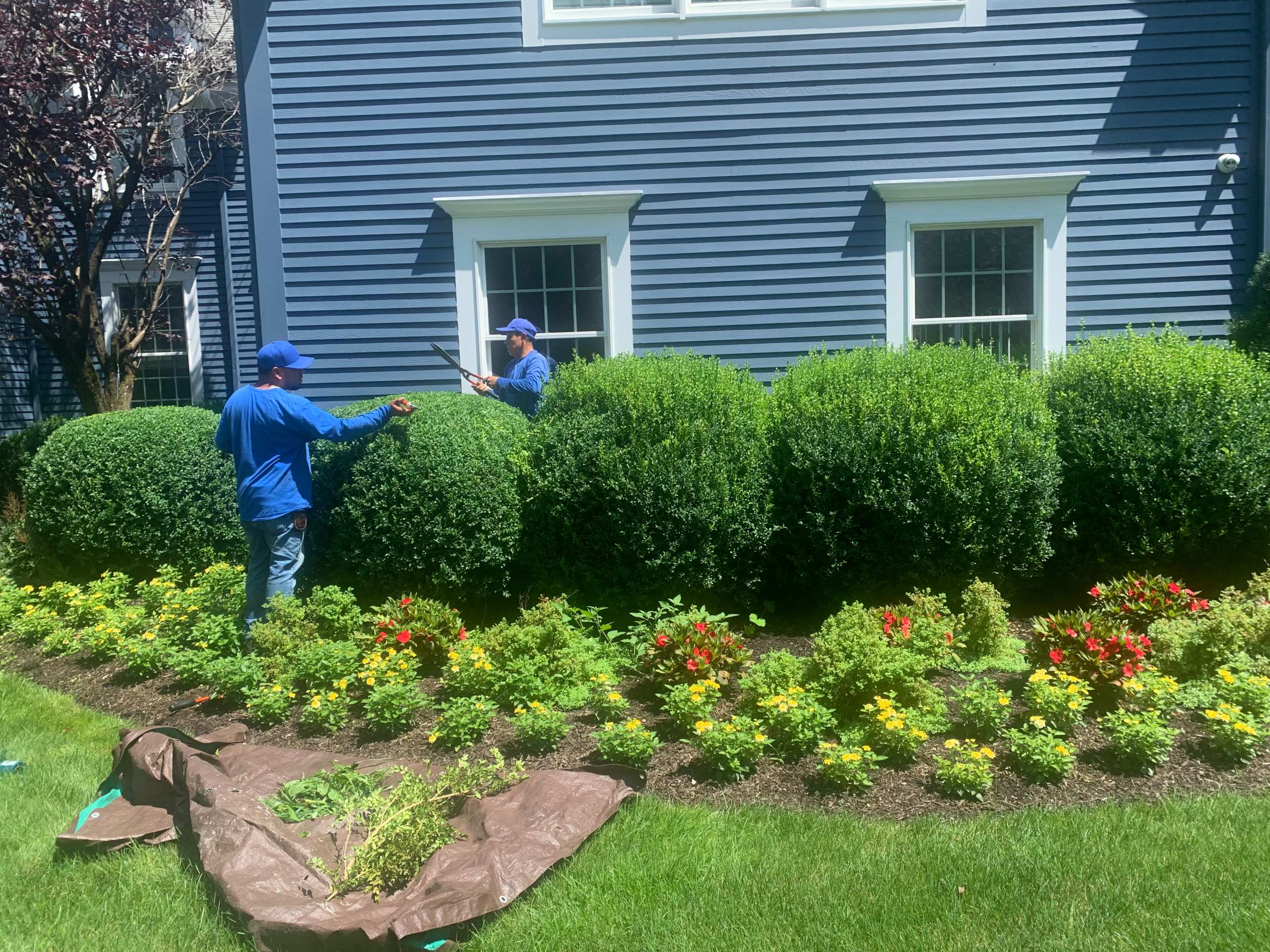
Shrub and Tree Pruning Service
We assert that pruning is as much an art as it is a science and is a sophisticated and knowledge-based task. Before making a cut, we ask ourselves: What is the goal of pruning this plant?
With our expertise and commitment to excellence, we can help you achieve a vibrant landscape. Our experienced arborists and accredited horticulturist will prune your shrubs and trees to promote optimal health and growth.
Aesthetic pruning carefully combines the artistic skill of our experienced pruners with the essence of the tree or shrub to properly bring the most striking form of each plant to life. We specialize in horticulturally based hand-pruning techniques for small trees and overgrown shrubs, and ornamental trees (up to15 feet) using hand shears and Japanese hand saws. You can learn that all pruning is under the direct supervision of Peter Atkins while working at your home or business.
Contact us today to set up an appointment for one of our team to visit your property.
Boxwoods Clipped with Scissors never with power shears
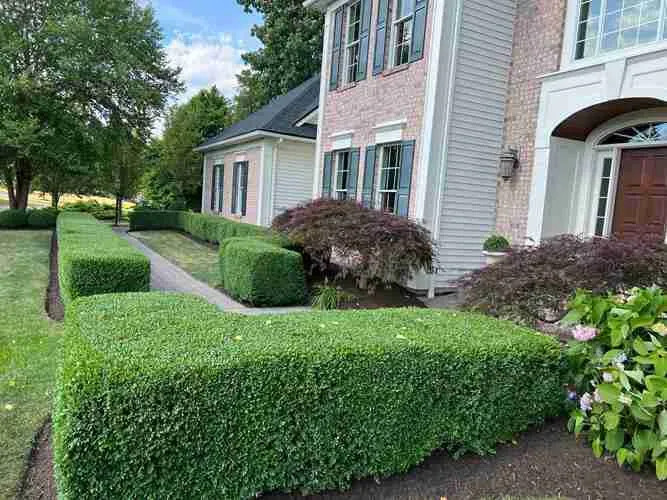
Roses capture the fragrance in this yew pruned hedge with perennials
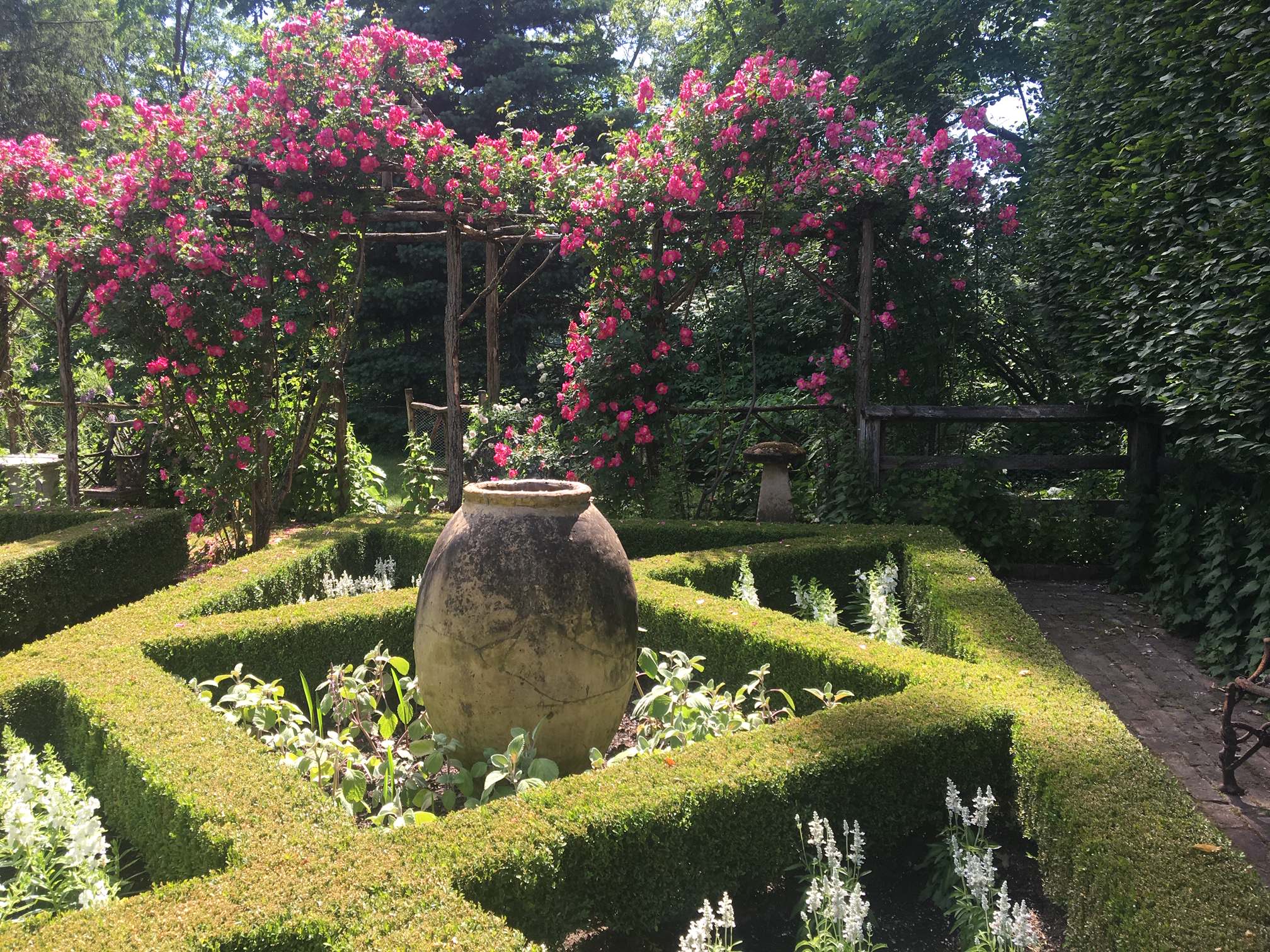
WHAT SHOULD WE PRUNE IN THE SPRING SEASON?
When deciding what to prune in the spring, it’s essential to know whether or not the flower buds are already on the branches. As a general rule, you can prune any shrubs in the early spring that haven’t formed their flowers yet. On the other hand, any shrubs that already have flower buds on the branches should not be pruned until after they blossom this season; otherwise, you’ll be removing this year’s flowers. Here’s a quick summary to help you decide:
- Shrubs That Bloom on New Growth: the late winter or early spring is the best time to prune shrubs including roses, spirea, butterfly bush, rose of Sharon, potentillas, crape myrtles, and most, but not all hydrangeas.
- Shrubs that Bloom on Old Growth: wait until these shrubs are done flowering before you prune them—including lilac, forsythia, weigela, mock orange, rhododendrons, viburnums, and azaleas.
- Hedges, Topiaries, and Ornamental Trees: these plants can also be pruned in the spring, with the exception of maples and birches, which should be pruned in the summer or fall to avoid losing too much sap.
ORNAMENTAL PRUNING
Ornamental pruning is a specialized technique focused on enhancing the beauty and structural integrity of decorative trees and shrubs. Unlike regular pruning, which focuses solely on health and maintenance, ornamental pruning is both an art and a science. It requires a keen understanding of each plant’s unique growth patterns, aesthetic appeal, and seasonal needs. Whether you have a carefully curated landscape of topiaries, flowering shrubs, or delicate ornamental trees, proper pruning is essential for ensuring they maintain their intended shape and flourish in your garden.
Peter Atkins and Associates, we understand that every ornamental plant is different. Our experienced horticulturists and arborists are trained to provide customized pruning solutions, taking into account the individual characteristics of each species. From precise lines of a boxwood hedge, to the graceful, sweeping branches of a Japanese maple our supervised expert gardeners ensure your landscape most treasured shrubs and tree remain healthy, vibrant and full of blooms should they flower. By choosing Peter Atkins and Associates as your pruning team we only use hand tools and rarely power shears, except chainsaws when necessary. By choosing our ornamental pruning services, you not only improve the visual appeal of your garden but also support the long-term health and growth of your ornamental plants.
Book An Expert Consultation with Peter Atkins (914) 234-0161 or PeterAtkinsandAssociates@gmail.com.
David Starr Jordan
“Wisdom is knowing what to do next, skill is knowing how to do it, and virtue is doing it.”
Ice on wet snow is heavy on the plant and usually does much damage
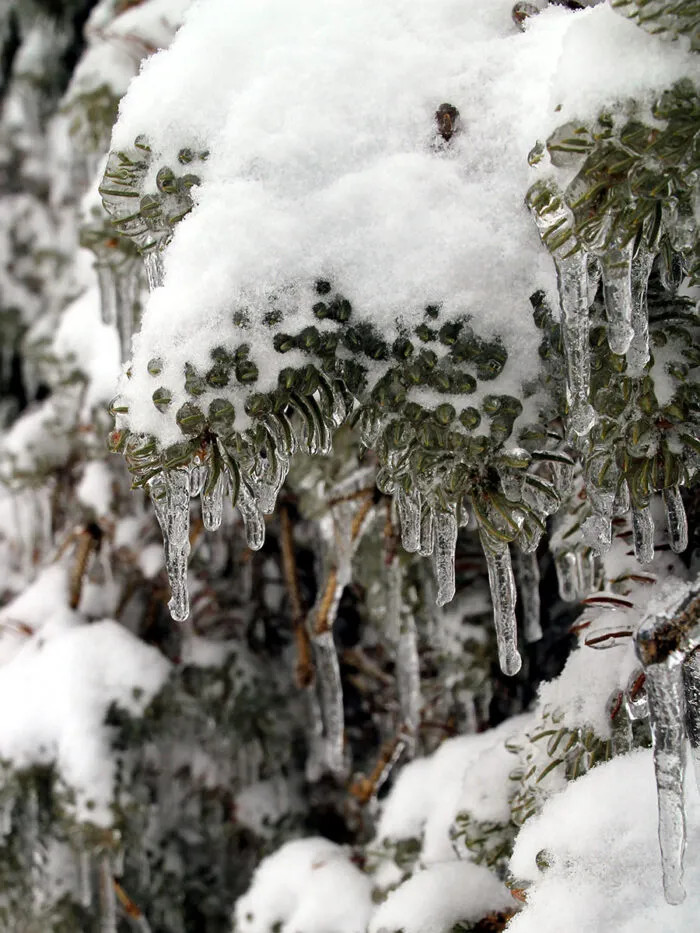
HOW TO PREVENT DAMAGE FROM HEAVY SNOW?
How many of you had deep sadness this spring when you saw the snow’s violent impact on your favorite Weeping landscape trees of merit or your favorite flowering or evergreen needle conifer.
With most plants in a dormant state, we can do some maintenance now during winter to prevent having to assess and manage snow-and-ice damage in the future.
Regular maintenance pruning strengthens trees and gives you the opportunity to spot weaknesses. Performing regular pruning to trees and shrubs is not only important for the aesthetics of plants but is also crucial to minimizing potential damage from heavy snow and ice loads.
When Peter Atkins comes to your property to review your ornamental trees and shrubs, he will be looking at the structural pruning of the plant. We will need to remove or reduce the weak branches to better manage the added weight in the winter from heavy snow. By doing this type of pruning in the fall we can increase the odds of decreasing winter damage from future storms. If you decide that certain limbs of a significant size are weak, then cable or bracing may be needed to further support the structure of the trees in question.
Common Trees and Shrubs in Connecticut and New York include:
- Boxwoods
- Azaleas
- Gold Thread Cypress
- Mugo Pines
- Japanese Maples
- Mounded Pine,·
- American arborvitae ·
- Yew ·
- Popular
- Birch
- Willow
- White Pine
- Hemlock
- Maple·
- Elm
These specialty shrubs and ornamental trees have brittle wood that is prone to winter damage if not properly tuned and supported. By going through your trees and shrubs performing those tasks now in winter dormancy, you can increase the odds of decreasing winter damage from future storms.
Pole Clipped allows light to penetrate the inside of the hedge vs shearing does not

"There is one specific reason that Peter Atkins and Associates excels in all aspects of their business. They are always ready to go the extra mile with our job requests".
The Gardener Family
To Shear or Not To Shear, That Is The Question?
Shearing involves cutting only the top bits of the shrubs' new growth. ... Hand-pruning more selectively cuts twigs and branches from all over the shrub, adhering to the plant's natural growth habit and allowing air and light to penetrate to all parts of the plant. Shearing a plant, also called cutting back, is a pruning method that removes large amounts of plant material in one fell swoop. A shearing cut is made anywhere along the length of a plant's stem at a set height or width, without regard to the internal structure of the plant.
Professional Gardeners pruning Delaware Valley Azalea by Hand Pruners
Maintenance Pruning
Trees and Shrubs require yearly pruning to encourage new growth and to keep them healthy. Late winter and early spring, when the plant is dormant, is the time to prune for most trees or shrubs to reduce the stress caused by pruning. However some plants, shrubs especially, require pruning in May because their spring blooms formed the previous year.
We start by removing dead or weak branches. This is important because straight, clean cuts are easier for plants to heal than a jagged or ripped edge caused by these branches breaking on their own. Next we focus on thinning the foliage to allow sunlight and air into the plant. This keeps the plant from choking itself out and encourages it to grow stronger. Lastly, if the tree or bush requires, we shape it.
HARD PRUNING
When a tree or shrub grows out of control for too long, or isn’t doing as well, a hard pruning can be the best choice. A hard pruning cuts off two or three times more than a regular pruning, giving the plant a fresh start. Not all plants can handle this and knowing how far you can cut back different plants is vital. But our trained gardeners are experts at rejuvenating overgrown or sick trees and shrubs. All pruning is done with hand pruners, pole clips and arborist hand saws. Chainsaws only for large limb beyond a hand saw. Rarely do we use power shears except on topiaries.
Pruning Privet Hedge with felco pruners for that natural look hedge
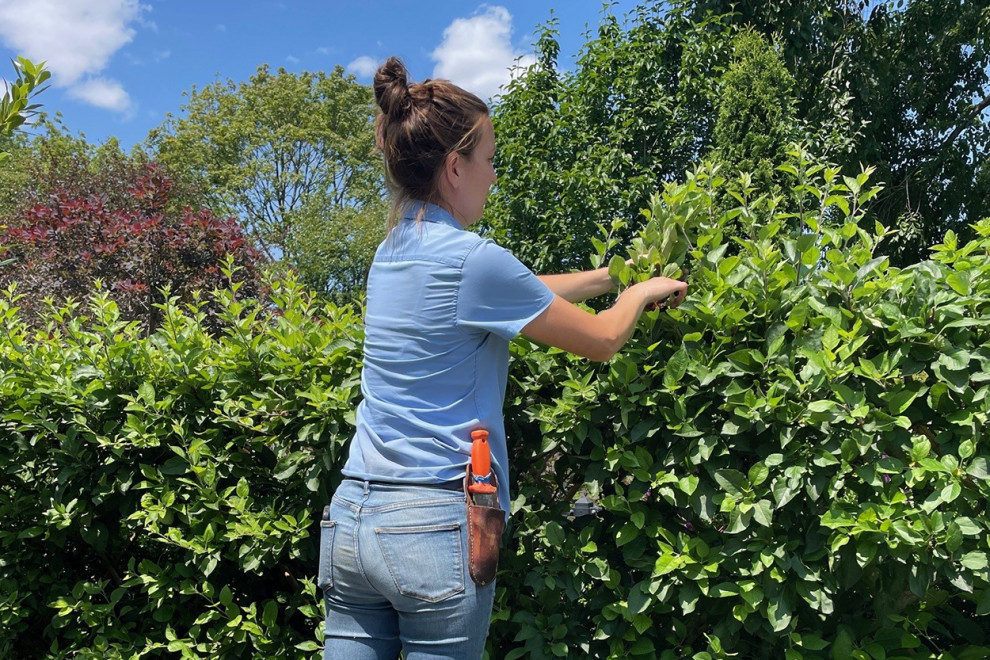
CORRECTIVE PRUNING
- The objective is to open plants so light and air penetrate and dieback is reduced. This is done to foster healthy plant development. On average rejuvenation / structural pruning is recommended every 3 years.
- Thinning shrubs by removing excess old wood and dead branches to the ground to encourage younger, more vigorous growth.
- Removal of old clusters due to improper maintenance practices of woody shrubs.
- Thinning and removal of crowding and crossing branches within a tree to open up the crown and allow better light and air passage.
- Reduction pruning to control overall plant size..
Gardner Assistant Pruning Deadwood on Clethra
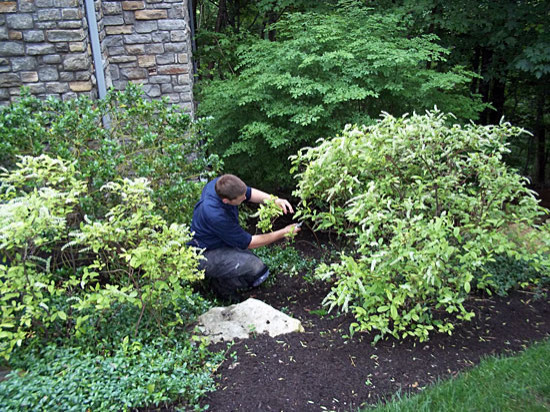
GARDEN ADVICE
A beautifully designed and expertly installed landscape enhances the natural charm of your home, adding both aesthetic appeal and functional outdoor living space. Our residential installation services bring together creative plant arrangements, custom hardscape features, outdoor lighting, and eco-smart practices to craft landscapes that stand out and stand up to the elements. With an emphasis on quality materials and attention to detail, our team is dedicated to creating stunning outdoor spaces.
In addition to detailed pruning and comprehensive plant care, we also offer advice and suggestions based on what your gardens needs. That might include different or new plant or shrub choices, soil renovations, transplanting, or changes to watering or irrigation schedules. Our team is also adept at identifying pests and diseases and can make informed suggestions or recommendations about how best to treat any issues in your garden.
Give Your Outdoor Space an Expert Touch

A tree and/or shrub may need pruning for a variety of reasons:
REASONS WHY WE PRUNE OUR LANDSCAPE PLANTS
- To remove diseased or storm-damaged branches
- To thin the crown to permit new growth and better air circulation
- To increase sunlight penetration
- To reduce the height of a tree
- To remove obstructing lower branches
- To shape a tree for design purposes
- To encourage more flowers and fruit
- To shape or contain
- To prevent disease or pest infestation
Mark Pruning Korean Boxwoods
Wilmer Pruning Hoopis Spruce
TESTIMONIALS
paul harding
“I could not recommend a company more than Peter Atkins and Associates., LLC. They are professional, reliable, timely, honest and perform top quality work consistently. With Peter Atkins, you know you are getting exactly what you ask for each time. We really appreciate your professionalism and calm demeanor throughout the project. We are so excited by this update to our home, which is sure to enhance every gathering we hold with family and friends. In addition to the excellent quality of the work, we would like to thank you for the great communication and reasonable pricing. From our first meeting until the last day of the project, you and Mary Ann provided us with explicit details about the work and were in continuous communication with us about expected progress. We will be more than pleased to recommend you to anyone who needs your horticultural professional help. We are very happy that our entire landscape will be maintained organically, thanks to your guidance and encouragement. Best Regards Paul and IreneRead More
Designing installing and maintaining gardens
Peter takes wonderful care of our landscape. We feel very fortunate to have his advice and services. He has a fantastic eye for designing harmonious planting spaces. He is a meticulous planner and delivers everything that he promises. His exceptional crew brings his visions to life and they take great care of our property. We strongly recommend Peter and his team!Read More
Houzz User
Peter and his team have provided fine garden maintenance on my property for the past two seasons. I reached out to them because, after many attempts at hiring landscapers to maintain my planting beds, the results were always the same. Plants lost to disease, improperly pruned annuals trimmed at the wrong time of year, and the use of chainsaws on all shrubs made me realize I needed a company that was schooled in fine garden design and maintenance. Fortunately, online research led me to Peter's company. After meeting to discuss my goals and hearing his plans, I was thrilled at the possibilities. The transformation was nothing short of magical! The gardens became stunning displays of nature's beauty. Sometimes, that required moving plants around or adding color and dimension to other areas. When it was time for my daughter's wedding event, Peter and his team worked tirelessly to ensure everything was in tip top shape and beautiful. I highly recommend Peter!Read More
John Zimmerman
When I contacted Peter he was enthusiastic about our smallish project to renovate the circle area of our driveway. In the late winter we met and spoke about the goals. After a careful review he gave us a quote which was reasonable and filled all our desires and more for the project. I would reservedly recommend using him for a landscaping project. In fact there are other areas of our property that we may work on with him in the future. (The actual cost was at the very low end of the approximate cost range.)Read More
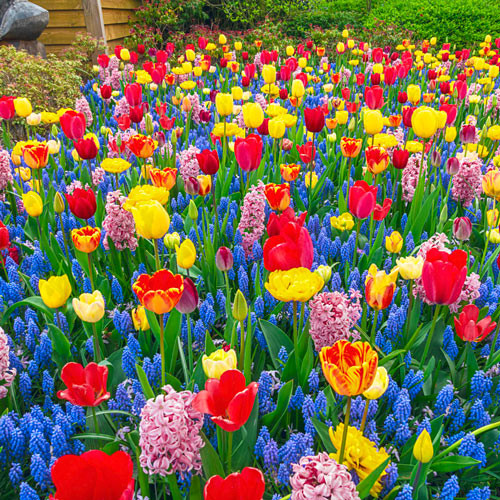
CREATE YOUR DREAM HOME
Let's talk about your dream yard
Peter Atkins will come to your property, listen to your ideas and talk about how we can work together to create your dream landscape.
Tell us about your landscape goals! Are you interested in stonework, a new planting installation, habitat restoration, or maintenance services for a natural-looking landscape? Or maybe all of the above?
PLEASE SEND ME US AN EMAIL - PeterAtkinsandAssociates@gmail.com
Peter Atkins cell is (914) 234-0161